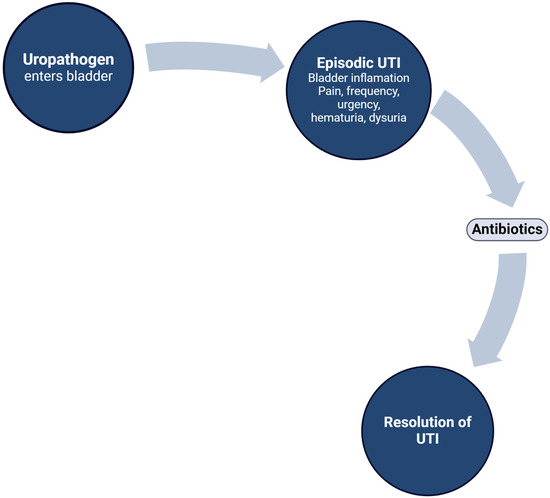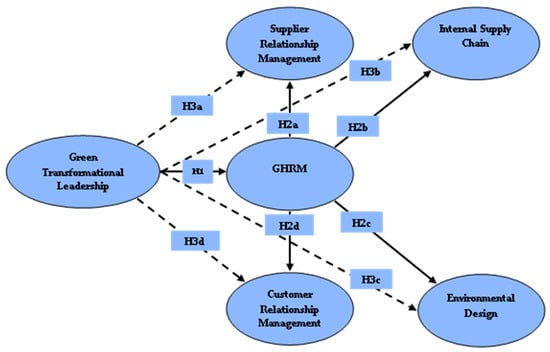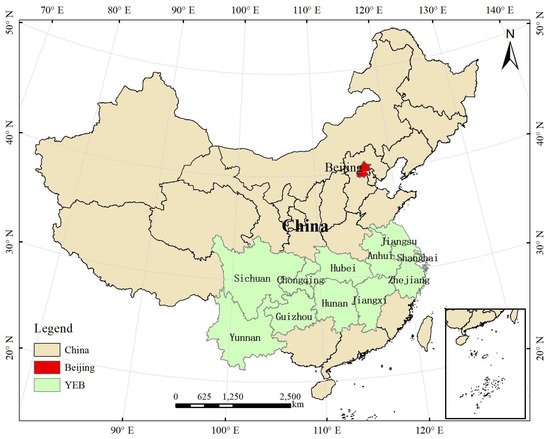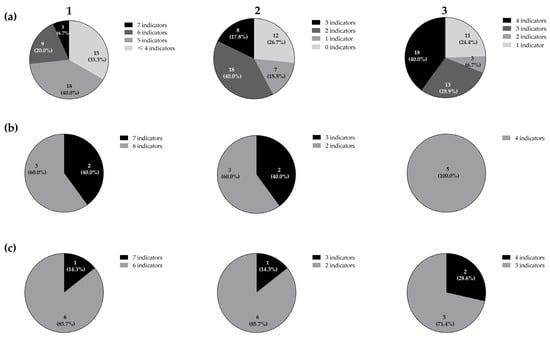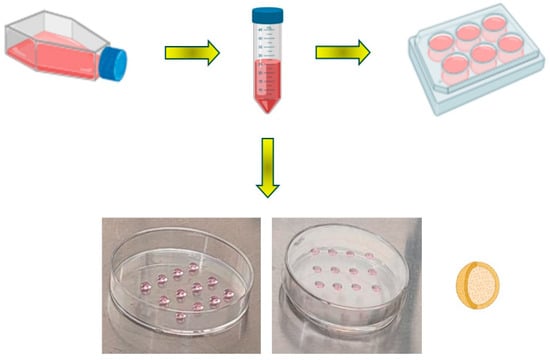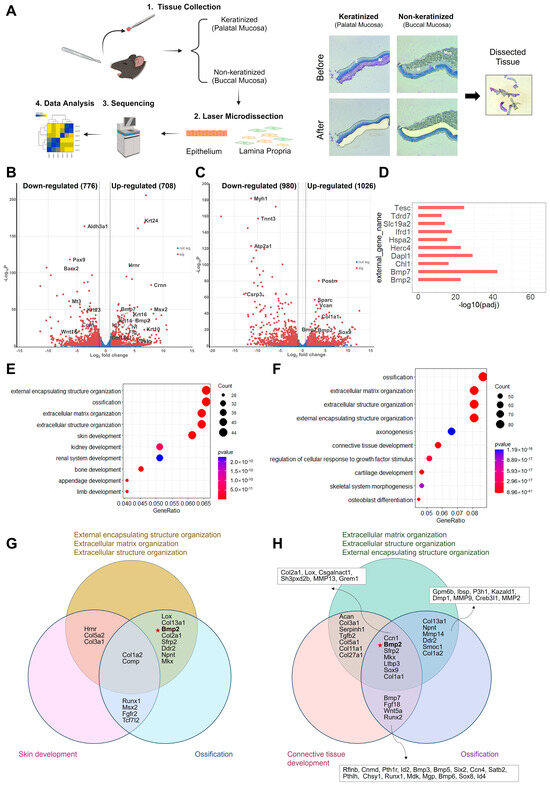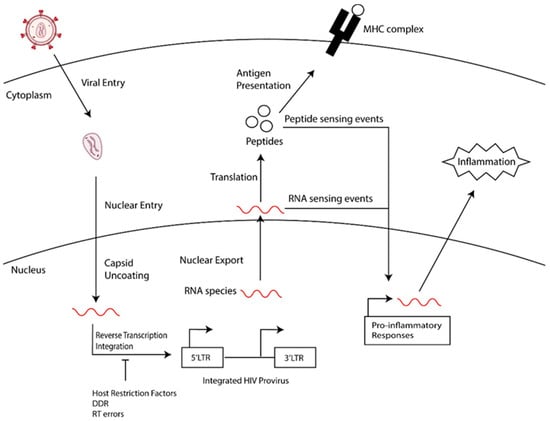Background and Objectives: During the COVID-19 pandemic, there was an increased number of hospitalized COVID-19-positive patients suffering from type 2 diabetes mellitus (T2DM). The objective of this research study was to explore factors associated with the length of hospitalization of patients with T2DM and the mild form of COVID-19.
Material and Methods: This retrospective cohort study involved all patients who tested positive for COVID-19 and those who were treated in the dedicated COVID-19 department of the University Clinical Center (UCC) in Nis between 10 September 2021 and 31 December 2021. Upon admission, patients underwent blood tests for biochemical analysis, including blood count, kidney and liver function parameters (C-reactive protein (CRP), creatinine kinase, and D-dimer), and glycemia and HbA1c assessments. Additionally, all patients underwent lung radiography. Univariate and multivariate regression analyses were employed to assess the impact of specific factors on the length of hospitalization among patients with T2DM.
Results: Out of a total of 549 treated COVID-19-positive patients, 124 (21.0%) had T2DM, while 470 (79.0%) did not have diabetes. Among patients with T2DM, men were significantly younger than women (60.6 ± 16.8 vs. 64.2 ± 15.3,
p < 0.01). The average hospitalization length of patients with diabetes was 20.2 ± 9.6 (5 to 54 days), and it was significantly longer than for patients without diabetes, at 15.0 ± 3.4, which ranged from 3 days to 39 (
t-test ≈ 5.86,
p < 0.05). According to the results of the univariate regression analysis, each year of age is associated with an increase in the length of hospital stay of 0.06 days (95% CI: 0.024 to 0.128,
p = 0.004). Patients who received oxygen therapy were treated for 2.8 days longer than those who did not receive oxygen treatment (95% CI: 0.687 to 4988,
p = 0.010), and each one-unit increase in CRP level was associated with a 0.02-day reduction in the length of hospitalization (95% CI: 0.004 to 0.029,
p = 0.008). Based on the results of the multivariate regression analysis, each year of age is associated with an increase in the length of hospitalization by 0.07 days (95% CI: 0.022 to 0.110,
p = 0.003). Patients who received oxygen therapy were treated for 3.2 days longer than those who did not receive oxygen therapy (95% CI: 0.653 to 5726,
p = 0.014), and each unit increase in CRP level was associated with a 0.02-day reduction in the length of hospitalization (95% CI: 0.005 to 0.028,
p = 0.004).
Conclusions: Based on the presented results, COVID-19-positive patients with diabetes had, on average, longer hospitalizations than COVID-19 patients without diabetes. The hospital treatment of patients with T2DM and a milder form of COVID-19 was associated with older age, the use of oxygen therapy, and elevated CRP values. Patients who received oxygen therapy were treated approximately 3 days longer than those who did not receive this therapy.
Full article
 IJMS
IMPACT
IJMS
IMPACT Applied Sciences
IMPACT
Applied Sciences
IMPACT Sustainability
IMPACT
Sustainability
IMPACT Sensors
IMPACT
Sensors
IMPACT JCM
IMPACT
JCM
IMPACT Materials
IMPACT
Materials
IMPACT Molecules
IMPACT
Molecules
IMPACT Energies
IMPACT
Energies
IMPACT Electronics
IMPACT
Electronics
IMPACT Remote Sensing
IMPACT
Remote Sensing
IMPACT Cancers
IMPACT
Cancers
IMPACT Nutrients
IMPACT
Nutrients
IMPACT Mathematics
IMPACT
Mathematics
IMPACT Foods
IMPACT
Foods
IMPACT Buildings
IMPACT
Buildings
IMPACT Polymers
IMPACT
Polymers
IMPACT Animals
IMPACT
Animals
IMPACT Water
IMPACT
Water
IMPACT Plants
IMPACT
Plants
IMPACT Agronomy
IMPACT
Agronomy
IMPACT Biomedicines
IMPACT
Biomedicines
IMPACT Processes
IMPACT
Processes
IMPACT Microorganisms
IMPACT
Microorganisms
IMPACT Diagnostics
IMPACT
Diagnostics
IMPACT Nanomaterials
IMPACT
Nanomaterials
IMPACT Viruses
IMPACT
Viruses
IMPACT Medicina
IMPACT
Medicina
IMPACT Healthcare
IMPACT
Healthcare
IMPACT Cells
IMPACT
Cells
IMPACT Forests
IMPACT
Forests
IMPACT Agriculture
IMPACT
Agriculture
IMPACT Land
IMPACT
Land
IMPACT JMSE
IMPACT
JMSE
IMPACT IJERPH
IJERPH
 Symmetry
IMPACT
Symmetry
IMPACT Genes
IMPACT
Genes
IMPACT Pharmaceutics
IMPACT
Pharmaceutics
IMPACT Coatings
IMPACT
Coatings
IMPACT Micromachines
IMPACT
Micromachines
IMPACT Pharmaceuticals
IMPACT
Pharmaceuticals
IMPACT Atmosphere
IMPACT
Atmosphere
IMPACT Children
IMPACT
Children
IMPACT Religions
IMPACT
Religions
IMPACT Antioxidants
IMPACT
Antioxidants
IMPACT Life
IMPACT
Life
IMPACT Metals
IMPACT
Metals
IMPACT Biomolecules
IMPACT
Biomolecules
IMPACT Vaccines
IMPACT
Vaccines
IMPACT Education Sciences
IMPACT
Education Sciences
IMPACT Minerals
IMPACT
Minerals
IMPACT Horticulturae
IMPACT
Horticulturae
IMPACT Brain Sciences
IMPACT
Brain Sciences
IMPACT JPM
IMPACT
JPM
IMPACT Bioengineering
IMPACT
Bioengineering
IMPACT








